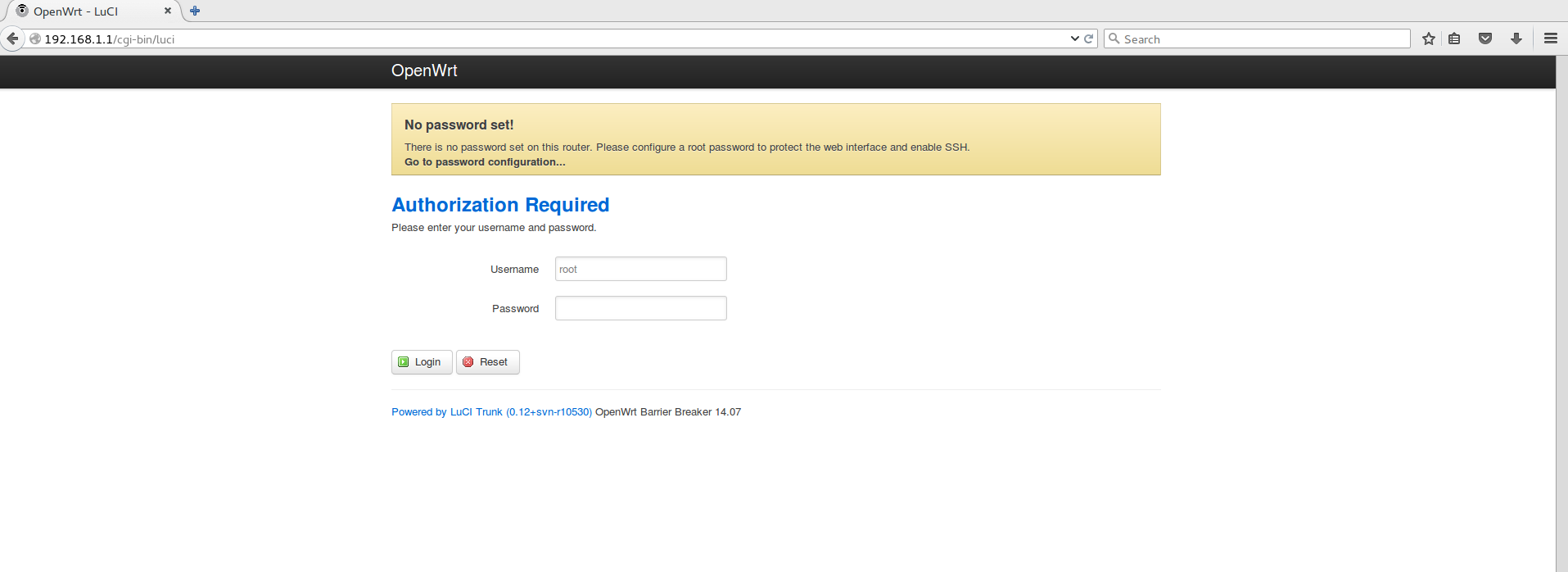However, many people are unaware of what goes on behind the scenes when it comes to setting up and managing their routers.
One crucial aspect of router management is accessing its login page. This is where you can make changes to your network settings, set up security features, and troubleshoot any issues that may arise. Understanding how to navigate this login page is vital for anyone who wants full control over their home or office network.
To access your router’s login page, you first need to know its IP address. This unique numerical code serves as a gateway between your device and the router itself. Typically, most routers use either 19168.0.1 or 19168.l.l as their default IP addresses.
Once you have obtained the correct IP address for your router, open a web browser on any connected device (such as a computer or smartphone) and enter it into the address bar at the top of your screen.
Press Enter, and voila! You should now be looking at your router’s login page.
At this point, you will likely be prompted for a username and password combination in order to gain access to all available settings within your router’s interface. If you haven’t changed these credentials before, consult your user manual or search online for default usernames and passwords specific to your brand/model of router.
After successfully logging in, you will find yourself immersed in a world of options that can help optimize both performance and security aspects of your network setup.
For instance, one common task users perform through their router’s login page is changing Wi-Fi names (also known as SSIDs) and passwords – something often done when moving into a how to head into the router login page new place or wanting better protection against unauthorized access.
Additionally, you can set up parental controls to restrict certain websites or limit internet usage during specific hours.
This feature is particularly useful for parents who want to ensure their children’s online safety and manage screen time effectively.
Furthermore, the router login page allows you to update firmware – the software that runs on your router. Regularly updating this software ensures that your device remains secure and performs optimally by fixing any bugs or vulnerabilities discovered over time.
In conclusion, understanding how to navigate your router’s login page is essential for anyone looking to take control of their network settings. From changing Wi-Fi names and passwords to setting up parental controls and updating firmware, this gateway provides a plethora of options that can enhance both performance and security aspects of your home or office network. So next time you find yourself needing some adjustments in your networkComputer Cleanup: Deleting iPhone Pictures from Your Computer
In this digital age, our smartphones have become an integral part of our lives. We use them to capture precious moments, document events, and store memories.



